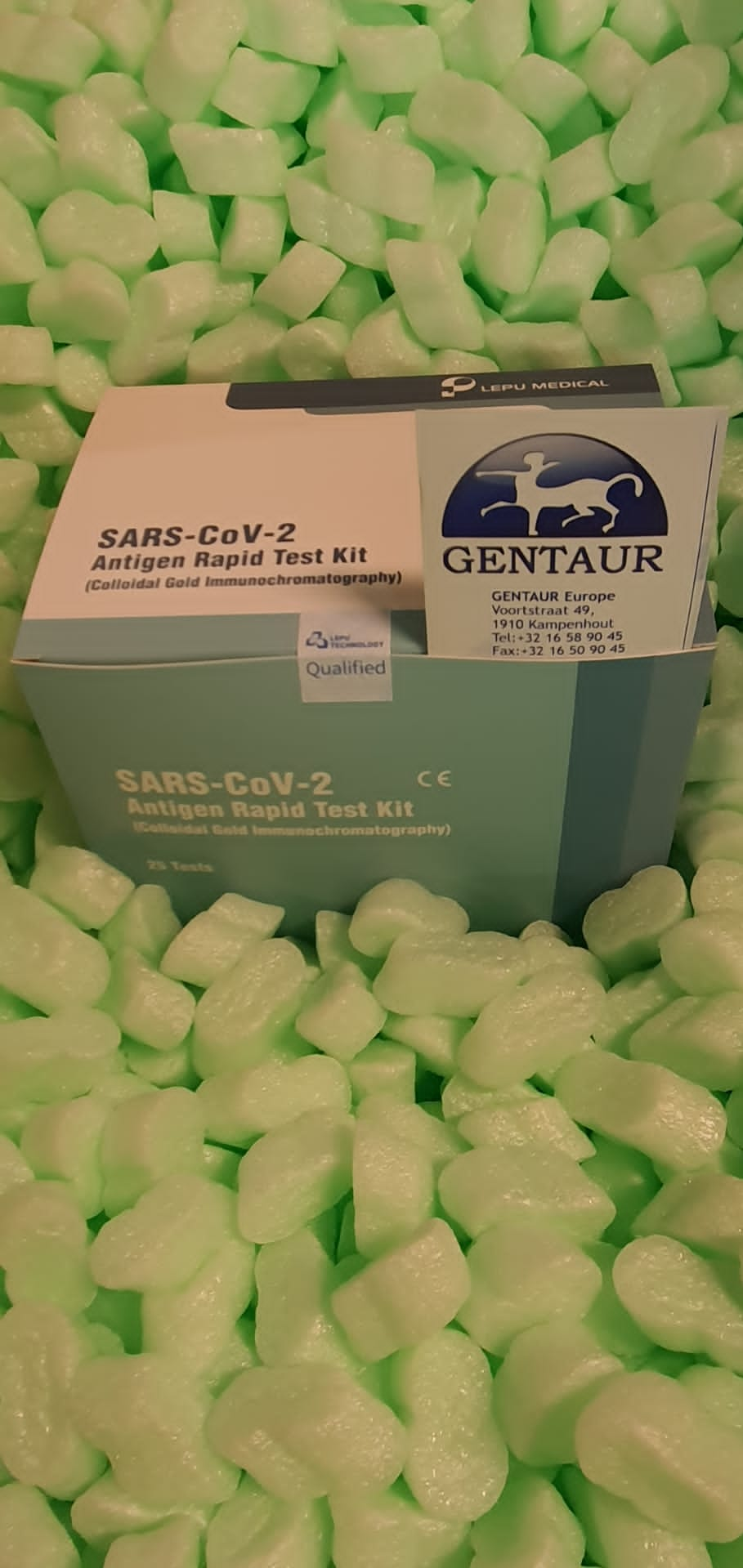ropomyosin receptor kinase (TRK) focused therapies symbolize an necessary therapeutic possibility for sufferers with superior stable tumors harboring neurotrophin receptor kinase (NTRK) gene fusions. Nevertheless, NTRK fusions are uncommon in frequent grownup carcinomas, and systematic approaches to screening for these alterations are missing. Pan-TRK immunohistochemistry (IHC) has been proposed as one methodology to display screen for NTRK fusion-positive tumors. Reflexive testing methods have been endorsed for a number of IHC-based biomarkers, and thus supply a handy and low-cost entry level to include pan-TRK screening.
On this examine, 447 consecutive circumstances of grownup stable tumors present process mismatch restore (MMR), HER2, and/or PD-L1 testing have been prospectively stained with pan-TRK IHC. 4 circumstances (0.9%) have been pan-TRK optimistic, together with 3 (1.3% of 223) colonic adenocarcinomas, of which 2 have been MMR-deficient, and one (1.4% of 71) gastroesophageal carcinoma. None of 108 non-small cell lung carcinomas confirmed pan-TRK expression. NTRK gene fusion was confirmed by DNA sequencing in a single MMR-deficient colonic adenocarcinoma. In a single MMR-deficient tumor, an alternate MAPK driver was recognized.
Within the esophageal (squamous cell) carcinoma, RNA sequencing recognized relative NTRK2 transcript overexpression within the absence of a fusion. In a single MMR-proficient colonic adenocarcinoma, no MAPK drivers had been recognized; subsequently, a falsely damaging sequencing end result was favored. Not one of the sufferers met medical standards for TRK focused remedy. Immunohistochemistry (IHC) allows the selective detection of proteins in cells of formalin-fixed-paraffin-embedded (FFPE) tissue sections. This method performs a key position within the identification and classification of main lung most cancers tumors by means of the analysis of the expression of the aspartic proteinase Napsin-A.
Nevertheless, immunohistochemistry is a posh course of involving many important steps and the dearth of standardization in addition to inappropriate analytical circumstances might contribute to inconsistent outcomes between laboratories. Automated immunohistochemistry addresses this subject by making certain the standard and the reproducibility of the outcomes amongst totally different laboratories. Right here we describe an automatic IHC protocol utilized in our laboratory for the detection of Napsin-A in FFPE lung tissue sections.
Detection of Programmed Cell Dying Ligand 1 Expression in Lung Most cancers Scientific Samples by an Automated Immunohistochemistry System
Programmed cell demise 1 (PD-1) performs an necessary position in subsiding immune responses, in selling self-tolerance by means of suppressing the exercise of T-cells, and in selling differentiation of regulatory T-cells. One in every of its ligands, programmed cell demise ligand 1 (PD-L1) acts as a checkpoint regulator in immune cells and can also be expressed in a variety of most cancers varieties. Anti-PD remedy modulates immune responses on the tumor web site, targets tumor-induced immune defects, and repairs ongoing immune responses.
Since medicine that focus on the PD-1/PD-L1 pathways grew to become obtainable as a most cancers remedy, there may be want for the usage of totally different antibodies to detect the presence of those proteins in tumoral samples by immunohistochemistry or different assays. As a result of the detection of those antigens in tumor samples is extremely clinically informative for guiding remedy choices, particularly to determine the aptness of a affected person to obtain anti-PD remedy Because of this, it’s important to outline and choose the most effective antibody clones and validate them utilizing totally different strategies with the intention to have a dependable detection of optimistic staining when these antibodies are utilized in IHC.
it’s essential to have a validation course of that guaranties that the check outcomes obtained when utilizing antibodies in opposition to these proteins are particular, selective, reproducible, and conducive to quantification of antigen abundance in most cancers tissue sections. Right here we describe an automatic immunohistochemistry staining process that may be utilized for the validation of a number of anti-PD-L1 antibody clones when used for the staining of formalin-fixed, paraffin-embedded lung most cancers tissue sections.
 Automated TTF-1 Immunohistochemistry Assay for the Differentiation of Lung Adenocarcinoma Versus Lung Squamous Cell Carcinoma
Automated TTF-1 Immunohistochemistry Assay for the Differentiation of Lung Adenocarcinoma Versus Lung Squamous Cell Carcinoma
Because of therapeutic advances, the subclassification of non-small cell lung carcinomas (NSCLC) between the adenocarcinomas and squamous cell carcinomas subtypes is important for the observe of personalised and focused drugs. The medical administration for these two NSCLC subtypes is totally different because of their totally different molecular properties and histological origins. Immunohistochemistry (IHC) markers such is TTF-1 play a key position within the differentiation of lung adenocarcinomas and squamous cell carcinomas. Nevertheless, immunohistochemistry is a posh course of involving many important steps and the reliability of outcomes will depend on the standardization of the assay in addition to the suitable interpretation.
Completely different laboratories use totally different reagents and totally different IHC approaches for the detection of TTF-1 in lung most cancers tumors. Right here we describe an automatic IHC protocol utilized in our laboratory for the detection of TTF-1 in formalin-fixed, paraffin-embedded (FFPE) tissue sections from lung tumors. Antibody choice and optimization are essential to ensure correct and reproducible outcomes when utilizing such antibodies for functions resembling western blot evaluation and immunohistochemistry (IHC). That is particularly necessary when deciding on good candidate antibodies that will likely be used for most cancers immunotherapy diagnostics and analysis.
[Linking template=”default” type=”products” search=”DAB Immunohistochemistry Substrate” header=”1″ limit=”153″ start=”2″ showCatalogNumber=”true” showSize=”true” showSupplier=”true” showPrice=”true” showDescription=”true” showAdditionalInformation=”true” showImage=”true” showSchemaMarkup=”true” imageWidth=”” imageHeight=””]
On this chapter, we describe a Western Blot approach as help methodology for the choice and validation of Programmed Cell Dying Ligand 1 (PD-L1) antibodies that may be subsequently utilized in immunohistochemistry functions. Western Blot is a delicate, particular, and broadly obtainable protein characterization approach, used for the detection of particular antigens. PD-L1 is a significant immune checkpoint protein that mediates antitumor immune suppression and response, which is routinely detected utilizing IHC in formalin-fixed and paraffin-embedded tissues as a part of most cancers medical diagnostic workflows.

